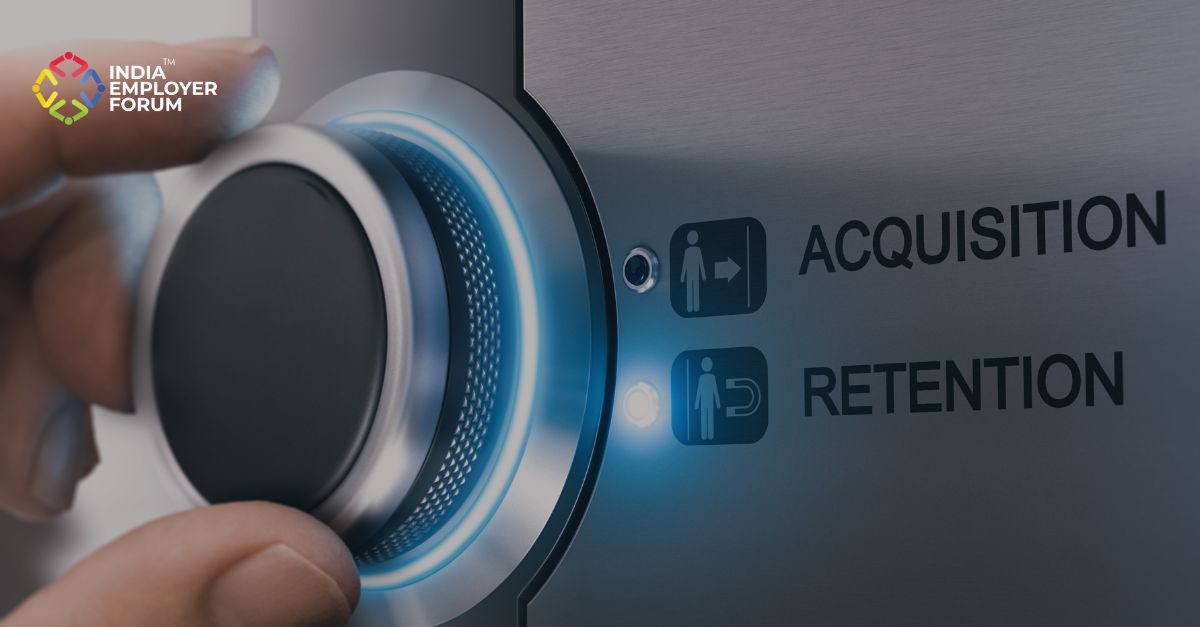In today’s data-driven workplaces algorithms rule. Automation and algorithms allow management to manage vast numbers of people and large organizations. However, it is doubtful that all decisions based on algorithms are sound ones and lead to good management practices. Proper management to a large extent, is primarily about treating the workforce as partners, empowering them and aligning them with the overall goals of the organization. Technology is a tool that needs to be harnessed wisely to manage workplaces better. If used without due care, the algorithms can lead to dysfunctional workplaces.
Bad managers can use algorithms to consistently shadow employees, put dehumanizing conditions at work and micromanage the employees work. Such behaviour gives rise to demotivated and disengaged employees. For example, it is possible to use an algorithm to keep the number of working hours of the employees below the full-time employment limit. Venal management can thus avoid payment of rightful wages and other benefits to the employees. Automatic late marking if an employee is even five minutes late is another example of algorithm-based bad management. Algorithm-based sensors to keep a constant vigil on workers to keep nudging them at all times and many other such management practices are gaining ground currently. This continuous monitoring and micromanaging leads to dysfunctional and unhappy workplaces.
These practices ideologically are not very different from the methods propounded by Frederick Winslow Taylor, the architect of the scientific management revolution known as Taylorism. A lot of these practices, such as empirical data collection, process analysis, increasing efficiency, mass production and scale, elimination of waste are now being melded with artificial intelligence and algorithmic management in workplaces now. These ideas when combined with technology to manage workers without showing any regard to them, lead to alienation and disaffection. Workers feel left out of the overall goals of the organization and feel harassed and victimized. Over a period of time such management practices will lead to industrial unrest, lawsuits and indeed social unrest. Such a situation will call for remedial measures from the regulators and the government.
It is easy to believe that data-driven algorithms are objective and helpful to the management in taking prudent decisions. In reality, however, these algorithms can be as discriminatory as people. Since algorithms are written and maintained by people, they emphasize human prejudices and biases. Biases can also occur in the original data on which the algorithm is trained, validated and then deployed. Thus, human influence pervades the seemingly objective algorithms. A lot of research-based studies has proved this. David Oppenheimer, who teaches discrimination at the University of California, Berkeley, thinks that such algorithms even when not designed to discriminate against groups, reproduce social preferences, thus reinforcing discrimination.
Indeed, managers and employees cannot check every decision that an algorithm makes. But the management can have periodic checks to see the results of their algorithms. Algorithms need to be designed, keeping in mind the pitfalls that can creep in. It is for the management to decide what human prejudices and biases they will not tolerate their algorithms and tech systems.
Automation has its advantages in managing a large number of employees no doubt, but management needs to mull over more significant questions like the nature of work, our identity and purpose. Decisions on policy issues like a total replacement of human agency by AI or the use of AI in conjunction with teams of people and other such problems need to be taken.
It is worthwhile to let algorithms take over repetitive work as it saves time, and people can engage themselves in tackling more meaningful work that requires more complex thinking and human touch. Algorithms can be employed to increase the output and effectiveness of workers. Workplaces will benefit much more when algorithms are used constructively rather than used as a tool to micromanage and shadow workers.
Departments like marketing, channel management, product management and IT can be restructured into groups with a common purpose. Another good use of algorithms can be in matching the talent. Many companies now choose the right employee for the right job by getting specially designed, algorithm-based talent platforms. Talent platform can also be used to automate work schedules which is an excellent tool for the management to manage costs. But these talent platforms can also lead to bad management decisions. Often the work schedules produced by these automated systems are erratic. And many time management uses it not to pay workers their just and legal dues. Bad management decisions like these would invariably lead to legal trouble for the organizations.
To avoid problems like these, it is wise to have a talent platform that covers the total workforce of a company, from the most junior post to the CEO. The same set of principles should apply to all. Just as John Rawls, eminent US philosopher proposed that people make the right decisions about others when they imagine themselves to be in their shoes having no control over the outcome of the decision. Algorithm leaders and designers would do well to follow the same approach when making systems that manage employees. This golden rule should be strictly adhered to.
Algorithms are here to say. They are effective and helpful tools to scale up operations. The only caveat is that management should take wise policy decisions to avoid biases creeping in.
References:
https://hbr.org/2019/05/when-algorithms-make-managers-worse
https://www.nytimes.com/2015/07/10/upshot/when-algorithms-discriminate.html
https://www.newscientist.com/article/2166207-discriminating-algorithms-5-times-ai-showed-prejudice/






